News
UMTH: Why the people should take ownership after the flood
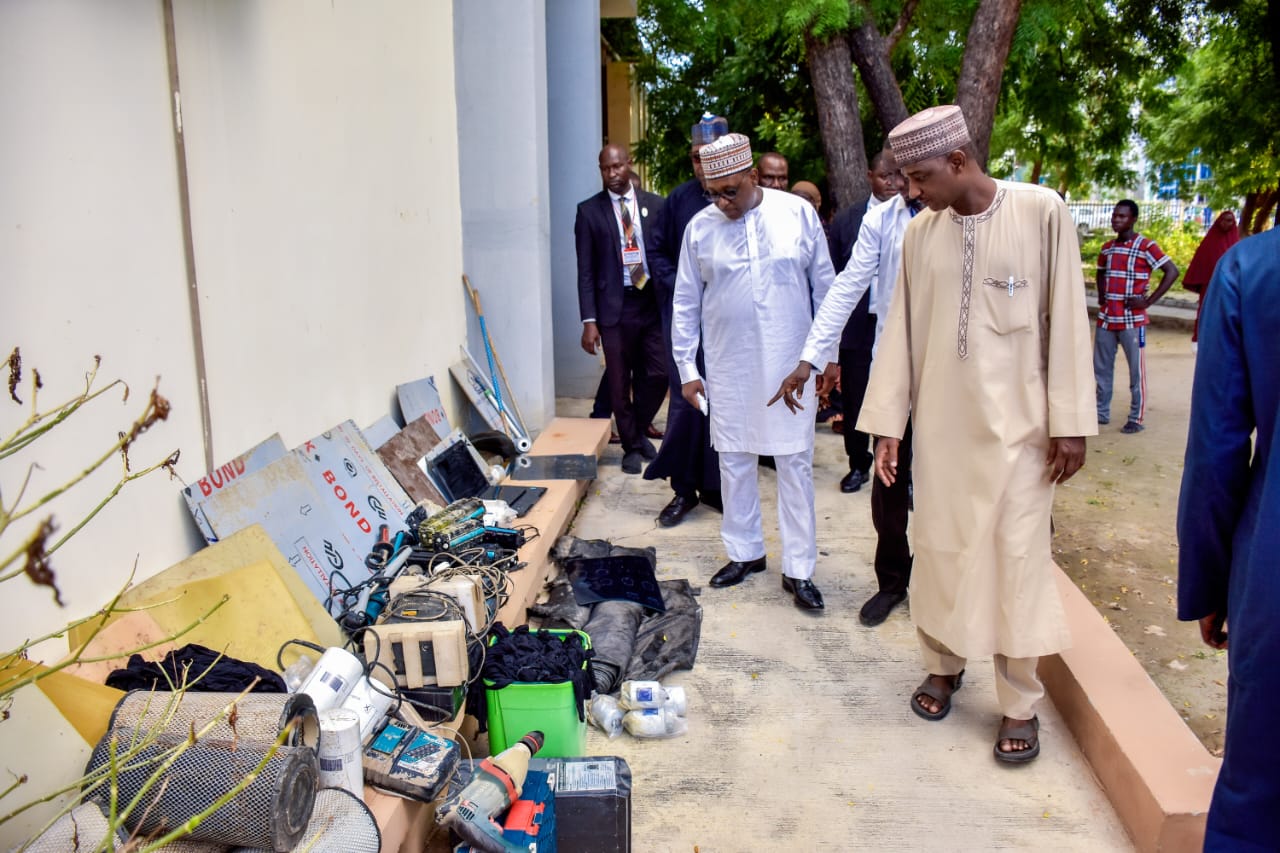
UMTH: Why the people should take ownership after the flood
By: Balami Lazarus
The extensive damages at the University of Maiduguri Teaching Hospital as a result of the flood that ravages the city of Maiduguri remain a thing of concern to visitors, patients, and administrators who are eagerly awaiting to see that services return to normal and all machinery is working as it should for proper administration of quality health services.
As people show sympathy and calls for spirited individuals and organizations to turn their helping hands toward bringing back the hospital to its state of affairs before the flood, one thing that keeps coming from the people is to ensure that those expensive machines and equipment are put in place.

NEWSng observed recently the damages and calls for actions. The extending of heartfelt concern to the government and people of Borno State, especially as a result of this unfortunate situation, is highly encouraging, and the pace at which individuals and organizations are taking to support the hospital at this time is also appreciated.
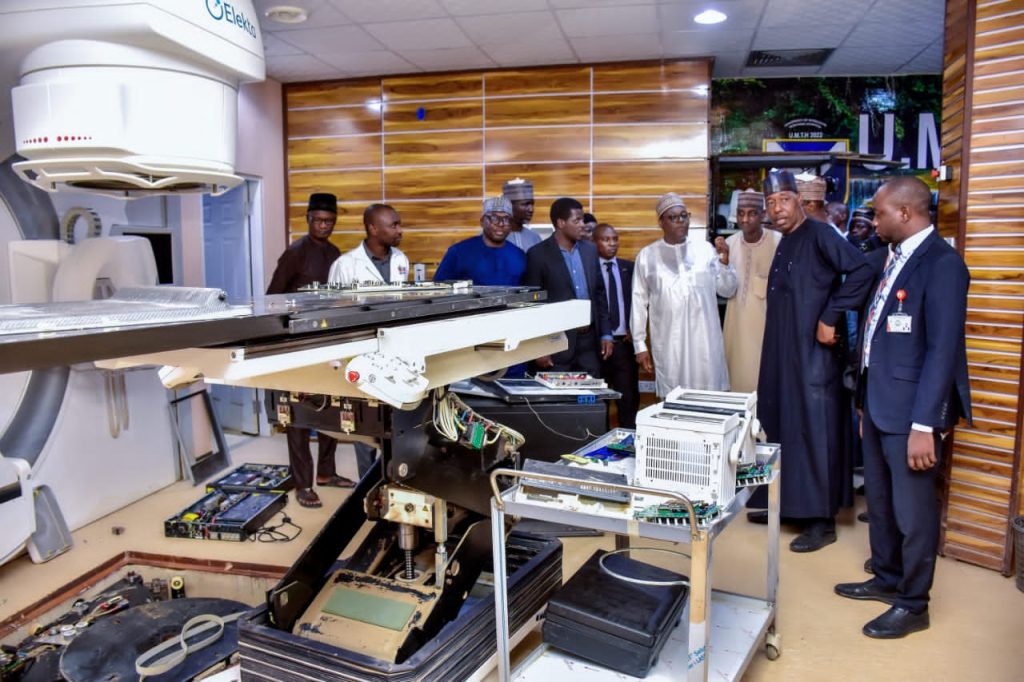
For the University of Maiduguri Teaching Hospital (UMTH), it is of tears for the losses in billions of Naiira. But courage and determination shown by the excellent leadership efforts of the management and the wonderful works of the CMD, Prof. Ahmed Ahidjo, have been creating waves and still making significant marks in this great reputable hospital, even in the face of needs.
Professor Ahmed Ahidjo has demonstrated unequal leadership. He has shown that a large heart, kindness, selflessness, seeking progress, and peace are part of the needs to ensure stability amongst the patients, their relatives, and the staff that are providing immediate services in this traumatic and unorganized situation that accompanied that aftermath of the Maiduguri flood.
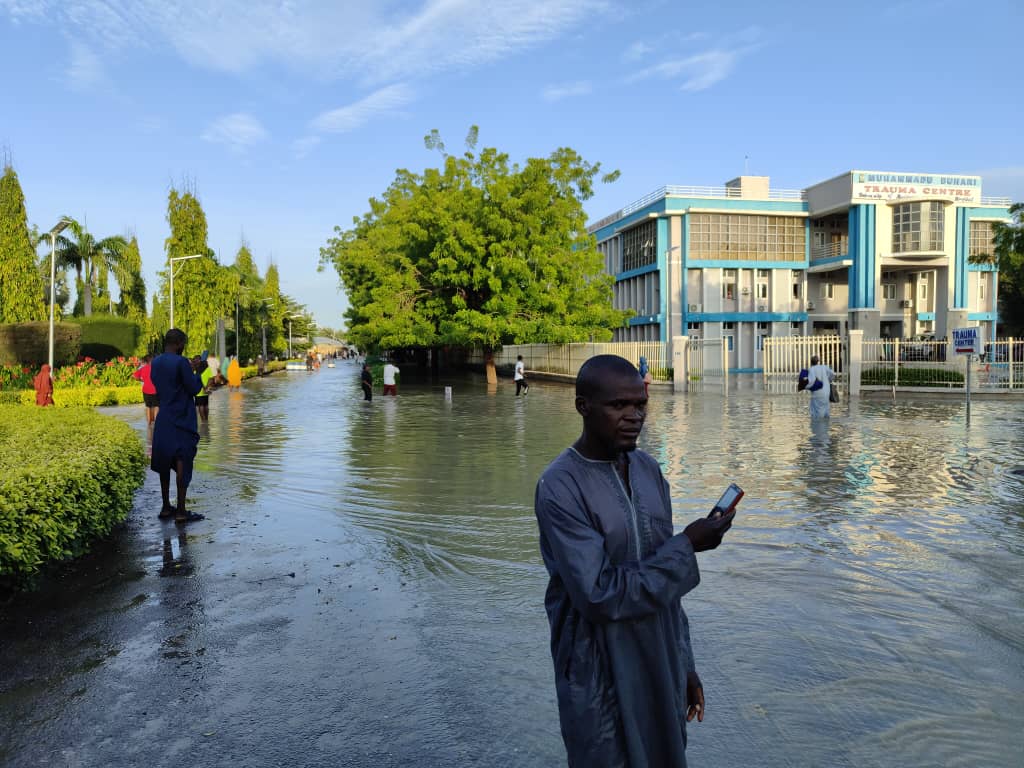
He has been preaching the message of considering the people first as the hospital battles many faces of challenges during and after the flood submerged the walls that house his hospital. This, according to the people who spoke to our team, is commendable, as inconsideration of public interest in regards to medical services has denied many hospitals the public and community calls as UMTH is getting at this time when voices are speaking on its behalf for succor and support.
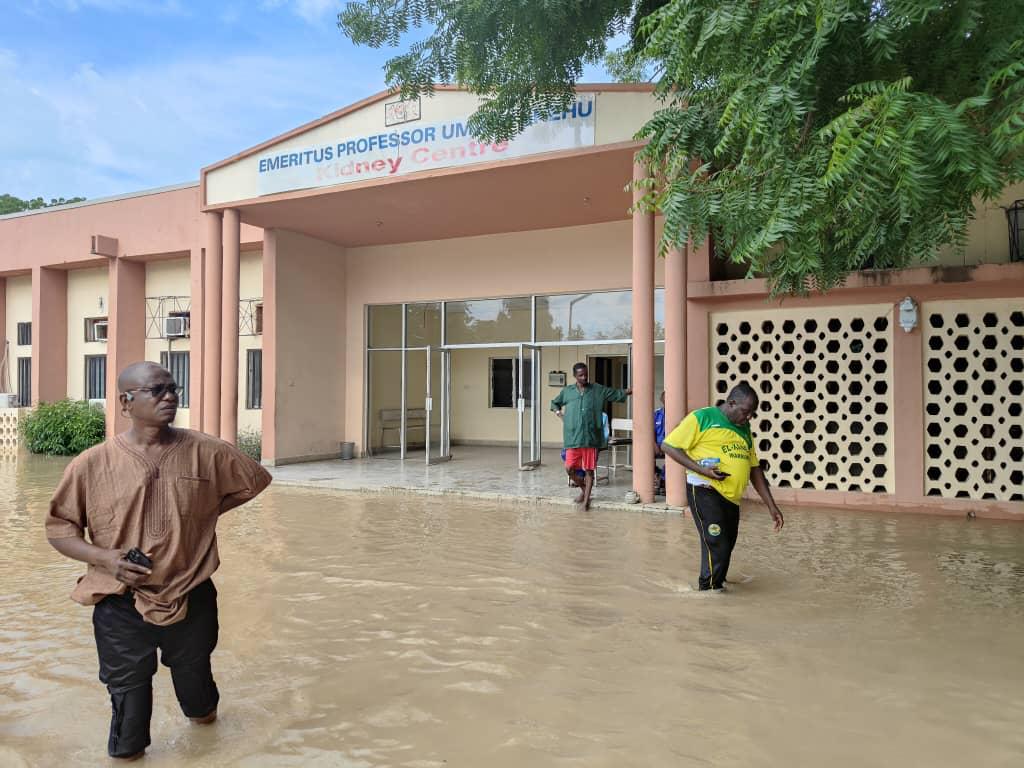
“I believe with the many calls for action, the hospital will soon attract more and better equipment and materials in kind and in cash as an attempt to take ownership by individuals and organizations for public interest.” Auwal Mohammed, a resident of Maiduguri, told NEWSng in a chat.
“Anyone that might have come close to the CMD must have known that medicine and providing good healthcare of quality and standard are his top priorities for the people. Without reservation, permit me here to say after his family is medicine/radiology and UMTH.” A staff member of the UMTH who did not want to be mentioned said.
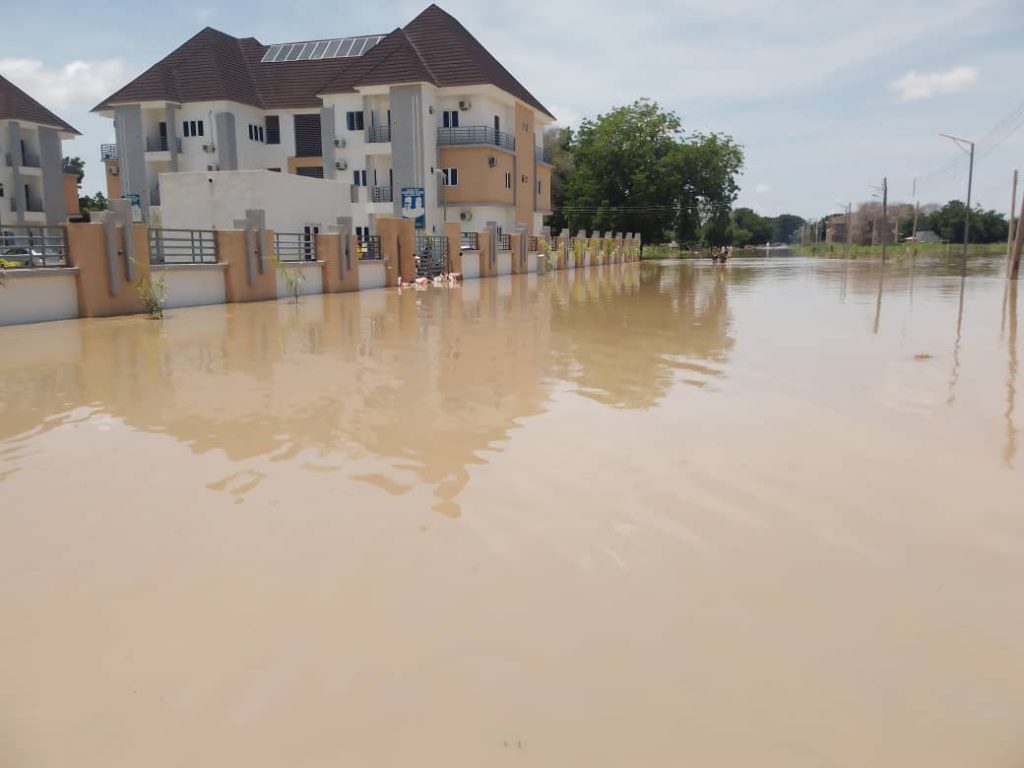
UMTH is the most affected. NEWSng findings revealed that the modern, sophisticated state-of-the-art medical equipment and materials in the main hospital and other medical centers, departments, wards, and units are water-soaked.
UMTH has the best specialized equipped medical centers staffed with professionals and medical health personnel. It is believed that other members of the public will attest to this and hence contribute with their resources.
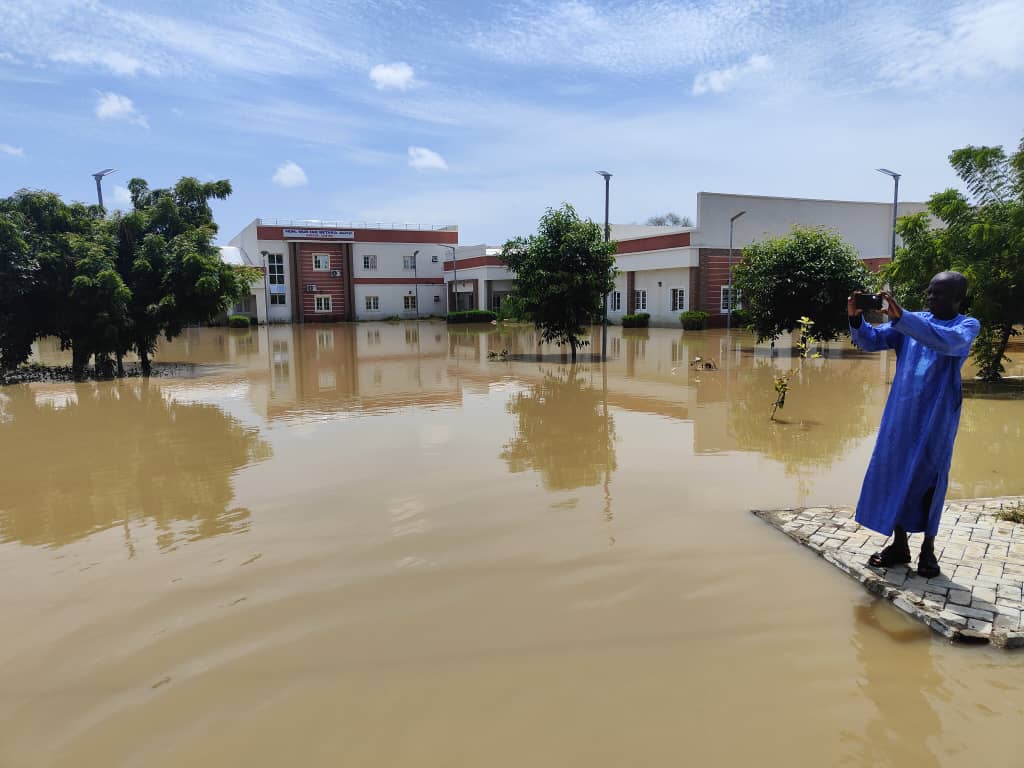
To take ownership of a public facility situated and being in a particular locality by the people’s concern is simply giving back to the community by contributing, sponsoring projects, and making donations in cash and in kind to enable the likes of UMTH to deliver efficient medical services. And for UMTH, Prof. Ahmed Ahidjo and his management team, there is light at the end of the tunnel.
Ends
News
Gates Foundation Promises Continued Committed to Revitalization of Public Healthcare In Nigeria

Gates Foundation Promises Continued Committed to Revitalization of Public Healthcare In Nigeria
By: Michael Mike
The Gates Foundation has expressed its full commitment to the development of Primary Healthcare Centres (PHC) in the country.
The commitment was expressed by The Deputy Director, Health Systems Strengthening at Gates Foundation Nigeria,
Dr. Nkata Chuku, during the PHC Leadership Challenge in Abuja, put together by the Nigeria Governors Forum (NGF), Gates Foundation and other development partners.
Chuku said the Foundation remains fully aligned with the government of Nigeria’s determination to revitalize primary health care.

The National Primary Health Care Development Agency (NPHCDA) and development partners, including UNICEF and the World Health Organisation (WHO) supported the event.
He also noted that the 2025 performance landscape emerging from national surveys, high-frequency monitoring, and administrative data shows both progress and gaps in the country’s health systems.
According to him, routine immunization continues its upward trajectory, with national percentage coverage now in the high-60s, and several states crossing 75%, compared to the low-60s in 2022.

He said between July 2024 and October 2025, more than 500,000 previously zero-dose children were reached with vaccines through house-to-house outreach and targeted immunization activities.
Chuku said this represents about 24% of the estimated 2.1 million zero-dose children nationwide, reflecting significant progress through integrated campaigns including the October 2025 polio–routine immunization drive.
According to him, there is a notable decline in cVPV2 cases, dropping from triple-digit cases in 2022–2023 to fewer than 50 confirmed cases in the last 12 months and a significant closure of immunity gaps in historically weak LGAs.
About the PHC Challenge, Chuku said: “The PHC Challenge Fund is designed to accelerate precisely this type of progress. The Gates Foundation has invested $27 million, with 70% dedicated to performance awards over the past four years to fund this initiative as proof of concept.
“The current award structure of one national winner and additional awards for the best and second runners up states across all six geopolitical zones is intentional. It reflects your stated preference for peer accountability and healthy competition, recognizing that states within the same zone often face similar health-system realities.
“Over the past three years: UNICEF, NPHCDA, and the NGF Secretariat have worked closely with Commissioners, SPHCDA Executive Secretaries, and Governors to continuously refine and track a lean but powerful set of indicators to measure the health of the PHC system across the 36+1 states.

He said: “These indicators focus on areas where state leadership is decisive: political leadership, community empowerment, financial resource allocation, quality of care, monitoring and evaluation, sustainable PHC financing. These system inputs are critical for driving impact across routine immunization, MNCH, malaria, and nutrition.”
He also said the ongoing PHC revitalization agenda has renewed political commitment at state level, adding that more states now have dedicated PHC budget lines and are expanding health insurance enrolment while the integrated polio–RI campaign offers a unified delivery platform to rapidly close immunity gaps.
According to him, development partners have signalled interest in expanding the pool of incentives for high-performing states.
The minister of health, Muhammad Ali Pate, during the occasion lauded Gates Foundation for their investment in PHC revitalisation in the country.
He said government have been intervening to lower the cost of drugs, cost of medical treatment, child health insurance and would still increase the budget for health.
Pate said: “ If we are going to see good health, it is an investment. We cannot expect good health at a very low price. Someone has invested, and here, who is going to be in charge is going to have to invest in health. And investing in health has several multilayers. First, it is a good investment not only for the present and also for the future of the country.
“So, we need to not only invest in health but also see the health system and the environment as a whole. So, government has been intervening to lower the cost of drugs, cost of medical treatment, child health insurance, but it is not going to be able to succeed just like that already.”
During the award ceremony, Yobe State emerged the overall winner of the PHC Leadership Challenge, outperforming other states in an independently verified assessment and wining the total sum of $1.2m.
The assessment measures governance, financing, service delivery and accountability within PHC systems.
The annual challenge, which rewards measurable improvements in state-level PHC performance, aims to strengthen accountability, peer learning and sustained political commitment to PHC reforms across Nigeria
Gates Foundation Promises Continued Committed to Revitalization of Public Healthcare In Nigeria
News
Foundation donates food to 500 women in Abuja
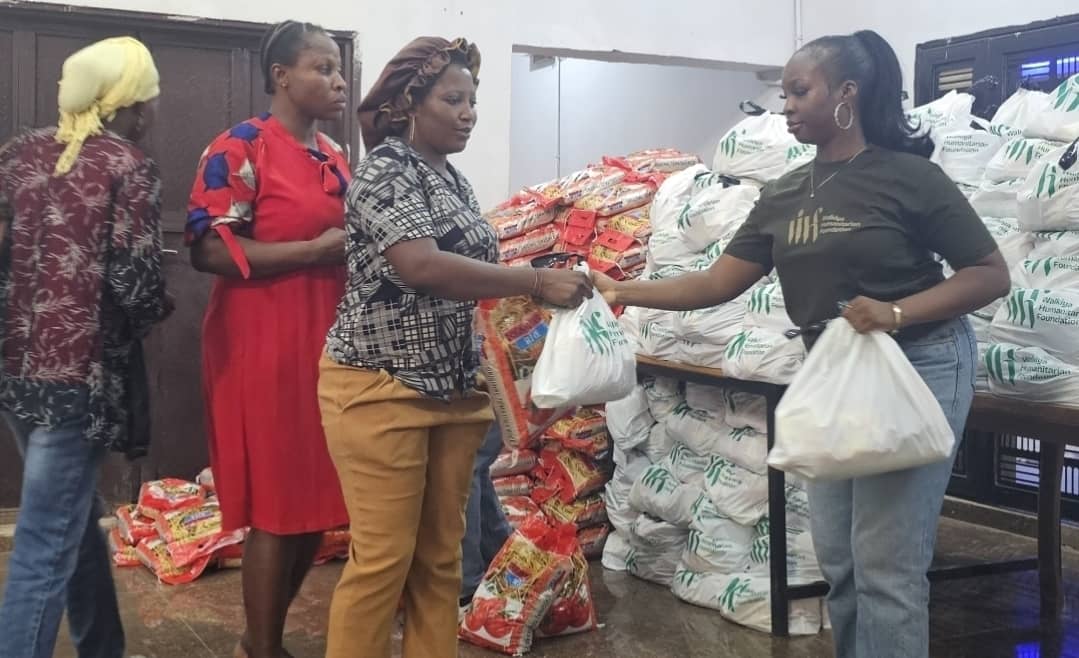
Foundation donates food to 500 women in Abuja
By: Michael Mike
Walkiya Humanitarian Foundation has stepped in to provide relief for vulnerable residents of the Federal Capital Territory, distributing food items to 500 women in the Jikwoyi area of Karu, Abuja.
The outreach, which took place on Saturday, formed part of the foundation’s annual humanitarian intervention aimed at cushioning the effects of rising food costs and helping households struggling to meet basic nutritional needs.
Addressing beneficiaries at the event, the Executive Director of the foundation, Dr. Dominic Egwuda, explained that the initiative was designed to reach individuals facing immediate food insecurity, particularly women who often shoulder the responsibility of feeding their families.
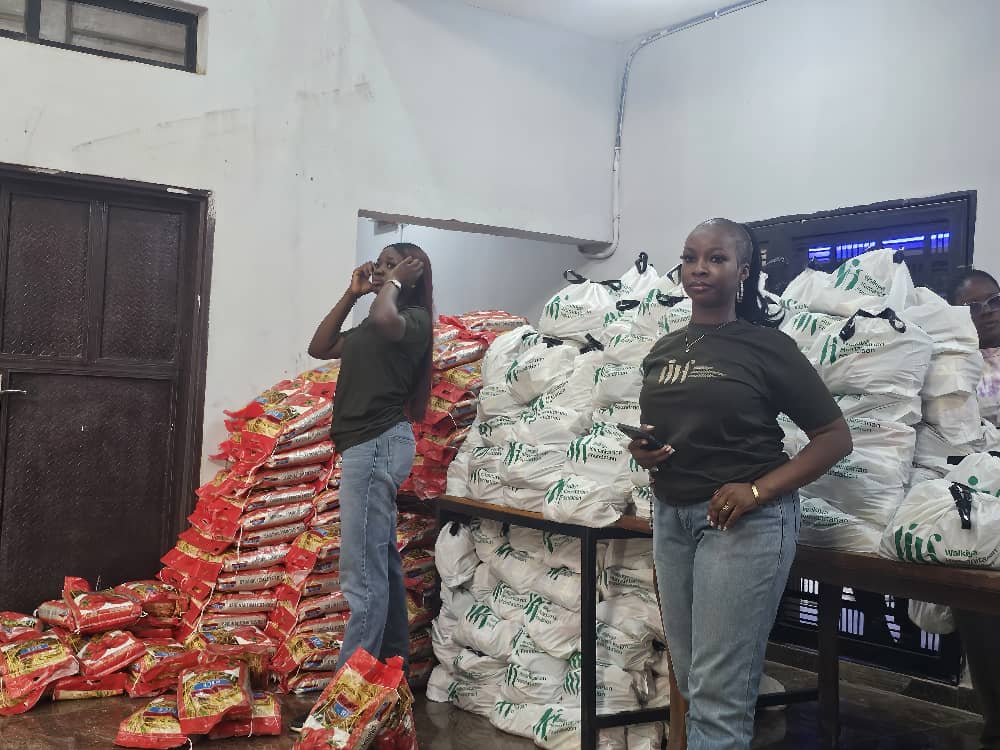
He explained that the food distribution exercise is part of the corporate social responsibility of the Walkiya Group of Companies, implemented through the Walkiya Humanitarian Foundation to support vulnerable citizens amid economic hardship.
He said: “This is a part of our social corporate responsibility of Walkiya Group of Company, which we operate under the umbrella of Walkiya Humanitarian Foundation.”
Egwuda stressed that beneficiaries were carefully selected across religious, ethnic and social lines, with the sole criterion being the inability to afford basic meals, in order to ensure inclusiveness and fairness.
“We needed people who cannot afford their next meal,people we have carefully selected from all cross of lives, Christian, Muslim, different tribes.”
He noted that women were prioritised because they bear the greatest burden of hunger within families, adding that empowering women directly has a wider societal impact.
“A woman is the one that bears the brunt of hunger in the family. And in doing this, if you empower a woman, you empower a nation.”
Egwuda further explained that the programme follows a transparent card-based selection process, excludes staff and their relatives, and is fully funded by the Walkiya Group of Companies, without government sponsorship.
“I don’t think any of our staff have anybody here because we stopped them ,we are not in partnership with any government. It is a welfare group of company that sponsored this program.”
He called on government to prioritise the welfare of the less privileged and to create an enabling framework that encourages more corporate organisations to invest in social responsibility initiatives.
“The government should look into the less privileged, create an enabling environment for people to do more social corporate responsibility.”
Egwuda disclosed that the food distribution exercise, which took about six months of planning and expanded from an initial target of 200 beneficiaries to 500, was valued at approximately four to five million naira.
“Estimatingly, we spent about four to five million naira to make sure that this thing goes round.”
Some of the beneficiaries described the gesture as timely and impactful. Janet Kalu said the food items would provide much-needed support for her household, especially during the festive period.
“This support came at the right time for my family, especially now that prices of food items are very high. The food we received will really help us during this festive period,” she said.
Another beneficiary, Amaka Emmanuel, expressed appreciation to the foundation, noting that the assistance would reduce the burden of providing daily meals for her family.
“I am very grateful to the foundation for this kind gesture. The food items will go a long way in supporting my family and easing our daily struggles,” she said.
She also offered prayers for the donors, asking for divine reward and replenishment of their resources.
“May God Almighty bless the people who made this possible and replenish whatever they have spent. I pray that God will reward them abundantly,” she added.
The foundation, in a message to stakeholders, called on government and the private sector to strengthen collaboration in addressing hunger and social welfare challenges.
“With stronger partnerships between government and corporate organisations, we can reach more vulnerable people and significantly reduce hunger and hardship in our communities,” the foundation stated.
Foundation donates food to 500 women in Abuja
News
VP SHETTIMA AT EXECUTIVE COURSE 47 GRADUATION: President Tinubu Poised To Remodel NIPSS Into Digitally Driven, Global Centre Of Excellence

VP SHETTIMA AT EXECUTIVE COURSE 47 GRADUATION: President Tinubu Poised To Remodel NIPSS Into Digitally Driven, Global Centre Of Excellence
- Says institute’s research outputs will be fully integrated into national decision making, execution frameworks
By: Our Reporter
The Vice President, Senator Kashim Shettima, has reaffirmed the resolve of the administration of President Bola Ahmed Tinubu to remodel the National Institute for Policy and Strategic Studies (NIPSS) into a globally recognised centre of excellence that is digitally driven and financially stable by 2030.
According to him, apart from serving as the most strategic platform for developing thinkers, reformers, and innovators in Nigeria, the institute’s Senior Executive Course represents a deliberate investment in the nation’s future leadership as well as a meeting point for ideas that define policy, guide reform, and influence the course of national development.
Senator Shettima stated this on Saturday when he represented President Tinubu at the Graduation Ceremony of Senior Executive Course 47 of NIPSS in Kuru, Plateau State.

“His Excellency, President Bola Ahmed Tinubu, has been unequivocal in his commitment to supporting NIPSS in its transformation agenda, particularly its ambition to become a digitally driven, financially stable, and globally recognised centre of excellence by 2030.
“We recognise the Institute’s critical role in shaping national policy and in building the leadership capacity required to navigate an increasingly complex world,” he declared.
The Vice President noted that the support the Tinubu administration is giving to transform the institute exceeds funding, infrastructure and conducive research environment.
He said, “Our support must therefore go beyond funding, infrastructure, and a conducive research environment. It must ensure that NIPSS produces implementation ready policy papers and that its outputs are fully integrated into national decision making and execution frameworks.”
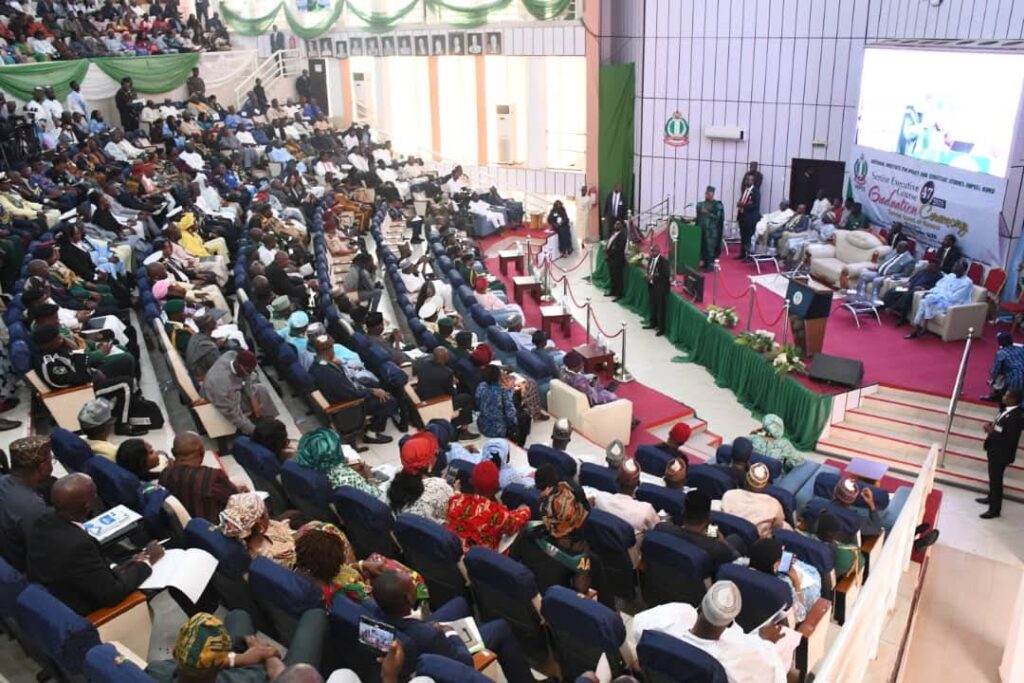
VP Shettima applauded the theme of the Senior Executive Course 47, “Blue Economy and Sustainable Development in Nigeria,” saying it is a reflection of the urgency with remarkable clarity, and “captures the reality that development, security, environmental stewardship, and social inclusion are inseparable.”
He however observed that the strength of the academic work does not depend only on its academic depth, “but in its insistence that policy must be practical, implementable, and firmly grounded in Nigeria’s realities.”
Commending the graduands, the VP said “We are grateful for your sustained and rigorous enquiries into the affairs of the maritime domain, enquiries that continue to provide the nation with insights it depends upon.
“Your latest research makes it clear that securing Nigeria’s waterways, coastlines, and inland communities goes far beyond safety alone. It speaks to livelihoods, food security, environmental protection, and national cohesion. When young people have productive work, when communities trust the state, and when institutions coordinate effectively, insecurity loses its oxygen.”
Assuring that the Tinubu administration takes evidence based policymaking very seriously, the Vice President said he had already directed relevant ministries, departments, and agencies to give the report and recommendations of the graduands the close attention they deserve, both for immediate application and for long term strategic planning.”
He thanked the Director General, Prof. Ayo Omotayo, the management and staff of NIPSS, for what he described as their dedication, professionalism, and unflicnhing commitment, which he said has continued “to uphold NIPSS as the nation’s foremost centre for strategic thought and leadership development.”
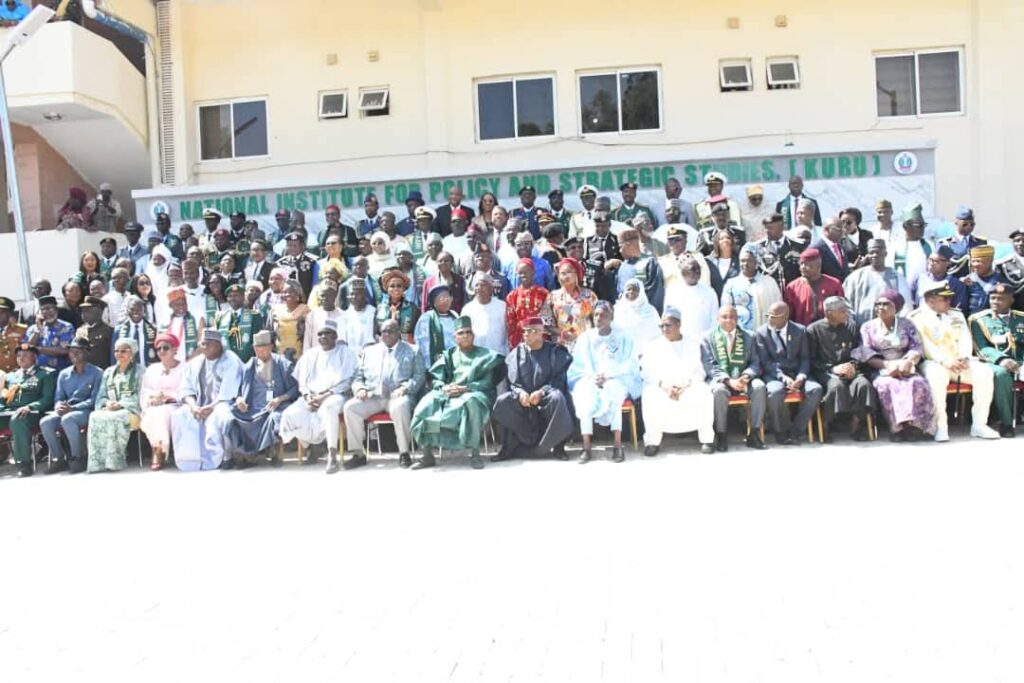
The VP also hailed Plateau State Governor Caleb Mutfwang and people of the state for continuing to support NIPSS by sustaining the peaceful environment that has enabled the “Institute to function as a true national asset.”
Earlier, Governor Mutfwang applauded the Federal Government’s support to the institute, particularly in facilitating the hitch-free completion of its academic programmes as well as the execution of its other strategic projects and mandate.
Underscoring the importance of academic programmes at the institution, Governor Mutfwang noted that Nigeria stands to benefit immensely from the research output of the institution, particularly in broadening governance perspective and making valuable recommendations in addressing security across the country.
On his part, Chairman of the NIPSS Board, Senator Ken Nnamani, said the pathways to addressing some of the nation’s challenges can be found in the research reports of research institutions across the country, urging authorities at the national and subnational levels to adopt products of the institute.
While charging members of the SEC 47 to be worthy ambassadors of the institution, Senator Nnamani expressed confidence in the commitment of the Tinubu administration to continue to support research endeavours at NIPSS, and implement key research findings of academic institutions across the country, including NIPSS.
In his welcome address, the Director General of NIPSS, Prof. Omotayo, said the Vice President’s presence at the SEC 47 graduation ceremony underscores the Federal Government’s recognition of the institute as the premier research institute for the advancement of Nigeria’s policy and governance framework.
Reeling out some of the institute’s achievements anchored on its 5-year strategic plan, Prof. Omotayo said NIPSS has completed key institutional research endeavours in collaboration with international partners in key areas, including crisis anticipation and adaptive governance.
The DG said with the achievements, NIPSS has established itself as the premier institute for policy research aimed at rebuilding public trust and addressing emerging societal challenges.
In a goodwill message, the President of the NIPSS Alumni (AANI), Amb. Emmanuel Okafor, thanked the Vice President for his relentless support to the institute and acknowledged all of the transformative projects executed under the present management of the institute.
On his part, the Monitor-General of the Course 47, Col. Muhktar Sani Daroda, said the rigour and intensity of the programme has shaped and prepared the course participants for tasks across different sectors, even as he pledged their rededicated commitment and service to the nation.
Highpoint of the occasion was the formal presentation of certificates to the graduands by the Vice President and their induction into the Alumni Association of the National Institute (AANI).
Earlier on arrival at the institute, the Vice President inaugurated 4 units of 2-bedroom apartment built and donated to the institute by the SEC 47 participants.
Meanwhile, Senator Shettima has held an interaction with strawberry farmers in Plateau State, in furtherance to efforts by the Federal Government to support the production of fruits in the state.
He said the administration of President Bola Ahmed Tinubu remains committed to transforming all segments of Nigeria’s agricultural value chain.
VP SHETTIMA AT EXECUTIVE COURSE 47 GRADUATION: President Tinubu Poised To Remodel NIPSS Into Digitally Driven, Global Centre Of Excellence
-

 News2 years ago
News2 years agoRoger Federer’s Shock as DNA Results Reveal Myla and Charlene Are Not His Biological Children
-

 Opinions4 years ago
Opinions4 years agoTHE PLIGHT OF FARIDA
-

 News8 months ago
News8 months agoFAILED COUP IN BURKINA FASO: HOW TRAORÉ NARROWLY ESCAPED ASSASSINATION PLOT AMID FOREIGN INTERFERENCE CLAIMS
-

 Opinions4 years ago
Opinions4 years agoPOLICE CHARGE ROOMS, A MINTING PRESS
-

 News2 years ago
News2 years agoEYN: Rev. Billi, Distortion of History, and The Living Tamarind Tree
-
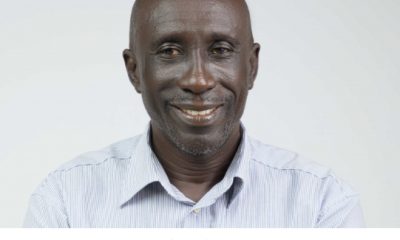
 ACADEMICS2 years ago
ACADEMICS2 years agoA History of Biu” (2015) and The Lingering Bura-Pabir Question (1)
-

 Columns2 years ago
Columns2 years agoArmy University Biu: There is certain interest, but certainly not from Borno.
-

 Opinions2 years ago
Opinions2 years agoTinubu,Shettima: The epidemic of economic, insecurity in Nigeria





